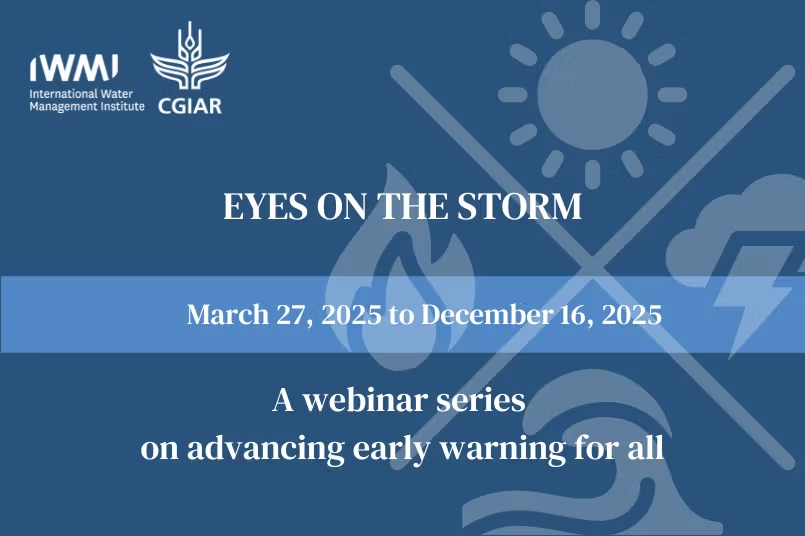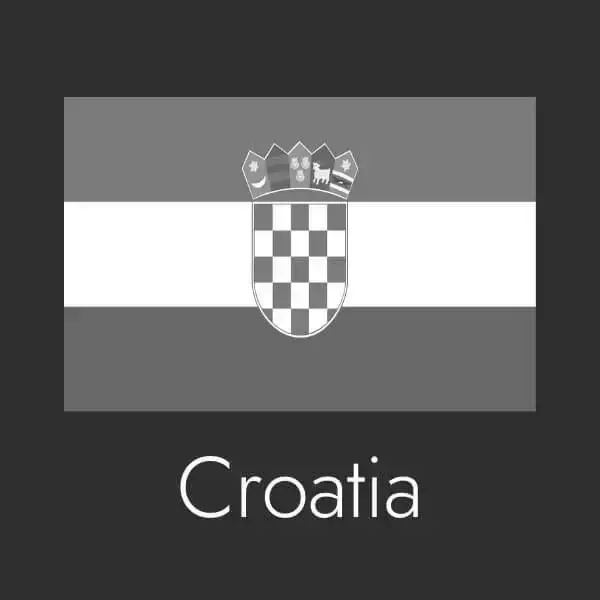#1 - Dramatic Europe Floods
In July 2021, Germany, Belgium, Luxembourg, Austria and the Netherlands have suffered the most brutal impact of the deluge, killing hundreds of people and leaving streets, homes and infrastructures submerged in muddy water and isolating entire communities. Future climate change is projected to increase the occurrence and frequency of once-in-a-century river floods in most regions of Europe.
Hydrologist Hannah Cloke argued in the British newspaper The Sunday Times that the warnings had not reached the people in Germany in time. This, she said, was a "monumental system failure". On the other hand, officials defend their actions saying that technical infrastructure was destroyed in one go.
Extreme conditions may affect electronic broadcast of official communications, a fact to take into consideration. We asked Mathieu Lafforgue, Public Warning Systems specialist at Intersec, to provide insights when such scenarios arise.
Q: What if dramatic flooding happens in the middle of the night?
A: It is in itself a challenge. Notwithstanding, whether it's day or night, the more we can anticipate the better. Public safety officials, weather experts and scientists must work together to frame a proper rescue and continuity plan and anticipate the relocation of populations at risk. However, depending on circumstances – especially when sudden emergencies arise such as tsunamis – it is not always enough.
On this latter cases, automation of alert triggering can even be a way to secure fast sending of warning messages. Inland floods are generally quite predictable, 48 hours before happening and more, so there is no need to wait until the middle of the night to warn people. Then, when people are asleep, loud warnings are required. As always, alerts must be multichannel, especially in the event of imminent and life-threatening risks.
Use of mobile Cell-broadcast EU-ALERT level-1 can trigger an audible alarm on mobile phones in the perimeter at risk even if they are on silent mode. In addition, air-raid sirens – assuming they are still operational – can be activated to wake people up and signal them of an imminent major threat. People can then get to know the reality of the situation through more traditional communication channels (short-messages, internet, TV, radio…).
Q: Can telecommunication operators maintain a minimum service of their infrastructure?
A: Yes, they can. Maintaining and securing vital communication infrastructures are key for public safety. Communication Services Providers (CSPs) design their network architecture considering hypothesis of major breakdowns or destruction scenarios: equipment and telecommunication links are often redundant.
A mix of varied telecommunication technologies and service providers at the same place reduces the likelihood of having them all fail at the same time. For example, cell phone towers in a village may turn off service due to power outage and lack of electrical inverter. But even then, a high range radio cell of 30km in a neighboring town could take over the cell-broadcast service to alert population in the village.
Note that multiplying the redundancy systems (energy, backhaul, geographic redundancy, multi-layer networks and technologies, etc.) can lead to significant costs. So CSPs and public regulators have to converge on balanced and sustainable approaches in economic and security terms.
Q: But what if technical infrastructure is fully destroyed?
A: Again, with today’s predictive technologies and forecasts, such events can be anticipated so that monitoring and alerting infrastructure are used before being hit. Alert Short-messages transmitted by mobile carriers provide contextualized safety instructions. There are extremely effective even a few minutes before the catastrophe strikes. Such communication channels via public warning systems allow officials to send repetitive updates, draw attention of the population, and increase the reach of a given alert.
Ultimately, once public electronic infrastructures (internet, landlines, mobile networks, air-raid sirens) are awfully all down, there are not many other options left: portable PA carried by emergency response teams, and a lot of human solidarity and resilience…Thankfully, in a near future, mobile devices in Europe will be able to display predefined alerts and safety instructions on order of the Galileo satellite constellation, even in case of terrestrial networks outage.
→ More about early warning systems for disaster resilience
 Climate Change - Dramatic Europe Floods" />
Climate Change - Dramatic Europe Floods" />

.jpg)









.webp)


.webp)




















